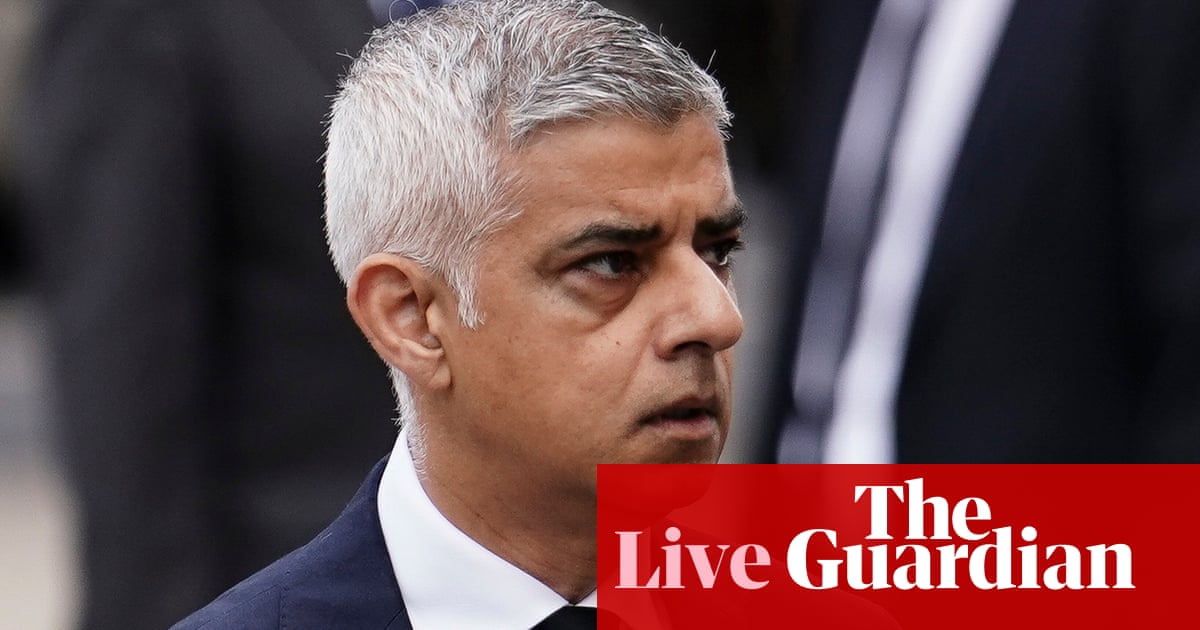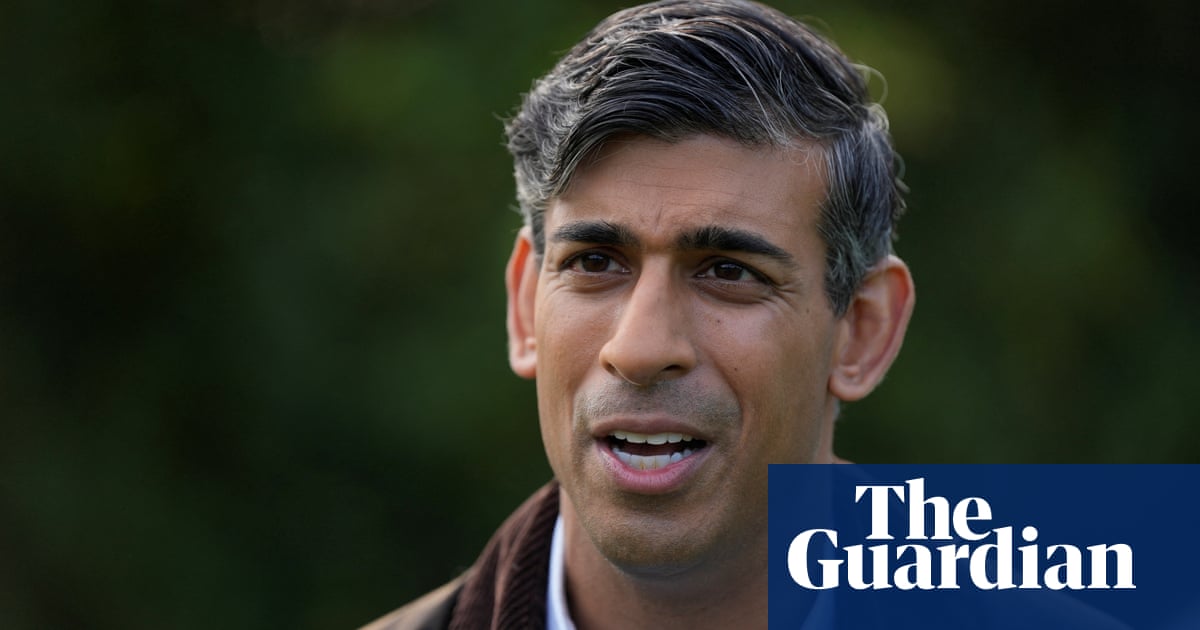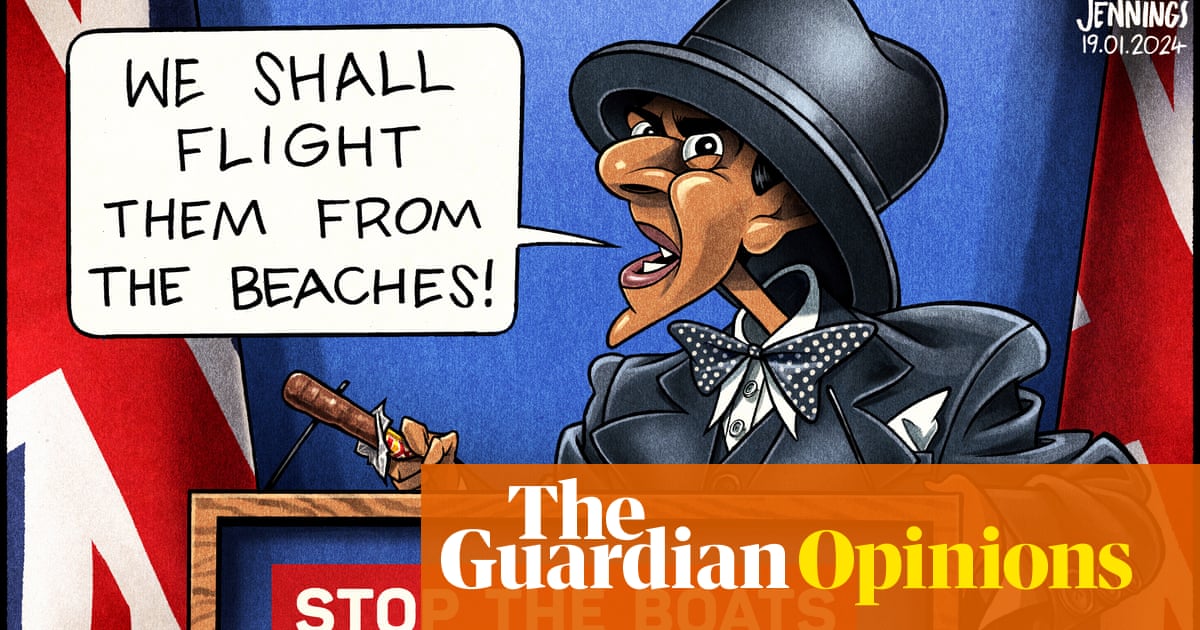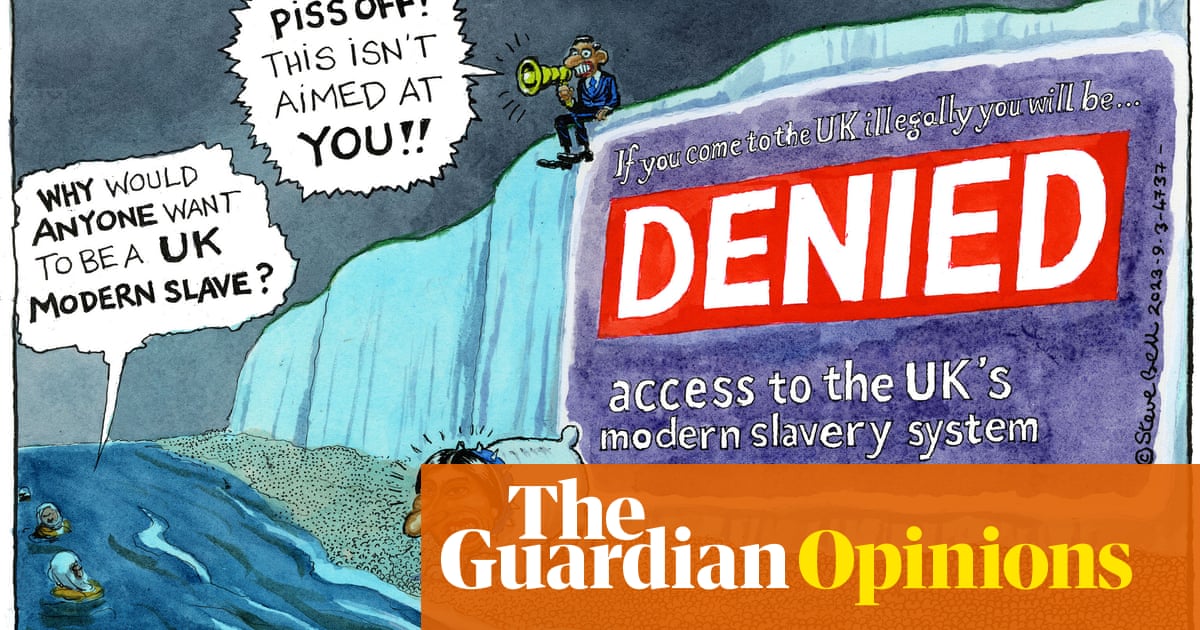
Rishi Sunak’s vow to block housebuilding on the green belt has been labelled a “desperate” bid for Tory members’ votes, with experts warning that the move would significantly worsen the UK’s housing crisis and push up living costs.
With just days until ballots drop in the leadership contest to replace Boris Johnson, and behind Liz Truss in the polls, Sunak said new property development should take place squarely on “brownfield, brownfield, brownfield”.
His pledge to the party’s grassroots was that a blanket rejection would be issued for councils that ask to change green belt boundaries in order to release land for housing.
Sunak’s campaign contrasted the announcement with rival Truss, who in May 2019 as chief secretary to the Treasury suggested 1m homes should be built on the London green belt and around other “growing cities” to help more under-40s buy their first property.
The green belt – covering 12.4% of England, according to the government’s latest figures – was labelled “extremely precious” by the former chancellor, who accused councils of “circumventing the views of residents”.
He claimed more homes could be built while protecting “our most precious landscape” with space for 1m homes across brownfield sites – particularly in north-west England, the West Midlands and Yorkshire.
The Richmond MP, who was reportedly granted planning permission last year to extend his North Yorkshire home on to agricultural land to make space for a pool, gym and tennis court, said “inner-city densification” would also be key to increasing housing stock.
Since 2006, the green belt has shrunk by about 1%, according to analysis by the House of Commons library. Sunak’s team vowed to stop councils appealing to the Planning Inspectorate to declassify patches of green belt land by updating their local plans. He pledged to end this practice by updating the National Planning Policy Framework, and scrapping the possibility of “inappropriate” development on the green belt “in very special circumstances”.
The promise drew ire from Robert Colvile, who helped co-author the December 2019 Conservative manifesto and runs the Centre for Policy Studies thinktank set up by Margaret Thatcher. He said Sunak’s and Truss’s housing plans “pander to the fantasy that we can build all the houses we need on brownfield far away from where any Tory voters might see it”.
Advertisement
The green belt has reduced by only 194 sq km since 2014 and at current rates it would take a millennium to be covered, according to Colvile. He added: “Britain has a housing crisis. It is crippling our economy. It is blighting the lives of a generation. Yet more nimbyism is emphatically not the answer.”
Other libertarian thinktanks condemned the move. The Institute for Economic Affairs said it would “flush aspiration down the drain” and that planning restrictions “significantly push up the cost of living, while making homeownership unattainable, forcing people into lower-paying jobs and increasing commute times and pollution”. The Adam Smith Institute also said building homes where people want to live and work was “vital if we want to turbo-charge growth and reduce the cost of living”.
Giles Wilkes, a former special adviser to Theresa May, called it a “pretty desperate and regressive move”.
The Conservative leader of Swindon council, David Renard, opposed Sunak’s move. He said: “There is a consensus that the country needs to build 300,000 homes per year and that we are currently short of building those numbers.
“Any centrally imposed numbers or locations on each local authority are not welcome as it is for councils to determine what the housing need is in their areas and to decide where best to locate those new homes.”
However, Johnson’s proposed planning reforms that threatened green belt were “clearly a key factor in the loss of Chesham and Amersham to the Lib Dems” in June 2021, said Martin Tett, Tory leader of Buckinghamshire council, who added that Sunak’s pledge would be “very welcome to local members”.
CPRE, the countryside charity, calculated that more than 250,000 homes are currently proposed to be built on land removed from the green belt – more than four times as many as in 2013 – and said “piece by piece, local authorities are eating into protected countryside, using blunt, numerical targets that fail to deliver affordable and social housing”.
Tom Fyans, its director of campaigns and policy, said: “Applications to change green belt boundaries in order to release land for housing have soared since 2013. This is despite the pressing need to revitalise our countryside so that it can suck up carbon, boost wildlife and provide much-needed space for recreation in nature. We wholeheartedly welcome Sunak’s brownfield-first approach to planning.”












